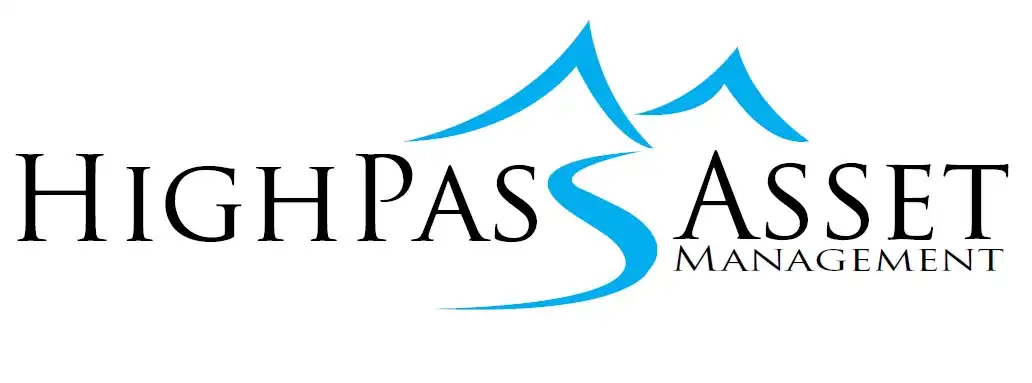Sequence of negative returns risk is something that many investors fail to consider when planning their retirement or assessing their risk tolerance. Sequence of negative returns risk is the risk that at some point during your retirement, you will experience sequential negative return years with your investments. When you have sequential negative returns, the losses can accumulate quickly. While good financial planning software will often incorporate a hypothetical sequence of negative returns risk into Monte Carlo forecasting, I have found that many investors ignore this risk as well as financial planners. Instead, most investors focus on the potential for annual losses and will construct asset allocation portfolios aimed at limiting annual losses to their risk tolerance threshold.
A Recent Sequence of Negative Returns Example

When the technology bubble burst in the year 2000, a three-year sequence of negative returns event unfolded. The S&P 500 losses were not particularly bad in any of those three years, but compounding the losses over three straight years resulted in a total loss of nearly -40%. During this downturn, I met many retirees who were completely caught off guard. They all had one common denominator, they never anticipated they could lose money for several years in a row and consequently ended up losing far more than they ever expected they could.
The Risk of Sequence of Negative Returns is Extremely High

Many people plan for a thirty-year retirement. So, what is the probability that you might encounter a sequence of negative returns event during your retirement? Since 1871 there have been 125 thirty-year investment periods. In 122 of those thirty-year periods, investors experienced at least one sequence of negative returns event. Based on past data, your odds of encountering a sequence of negative returns event at some point during your retirement are 97%.
Ethan S. Braid, CFA
President
HighPass Asset Management
Denver, CO

